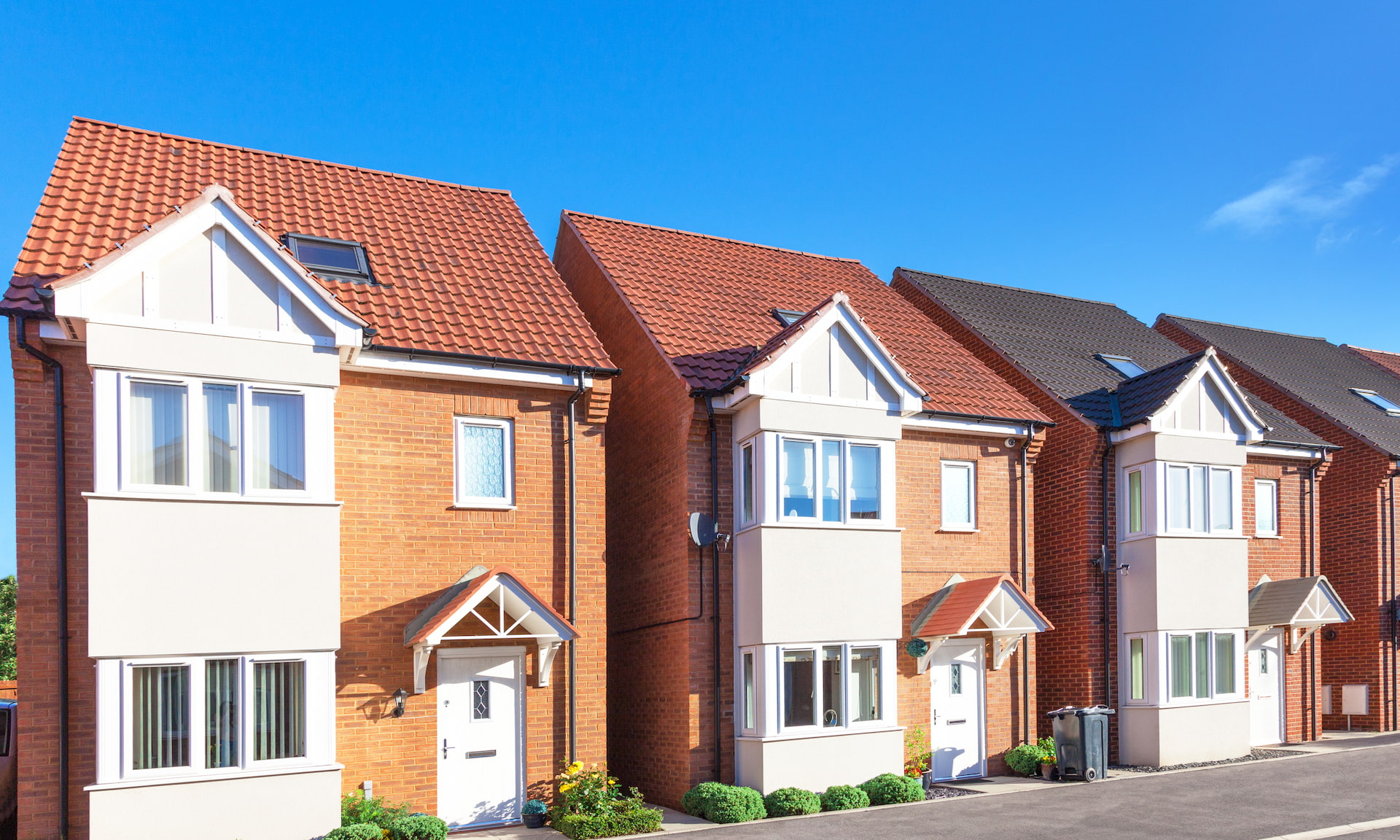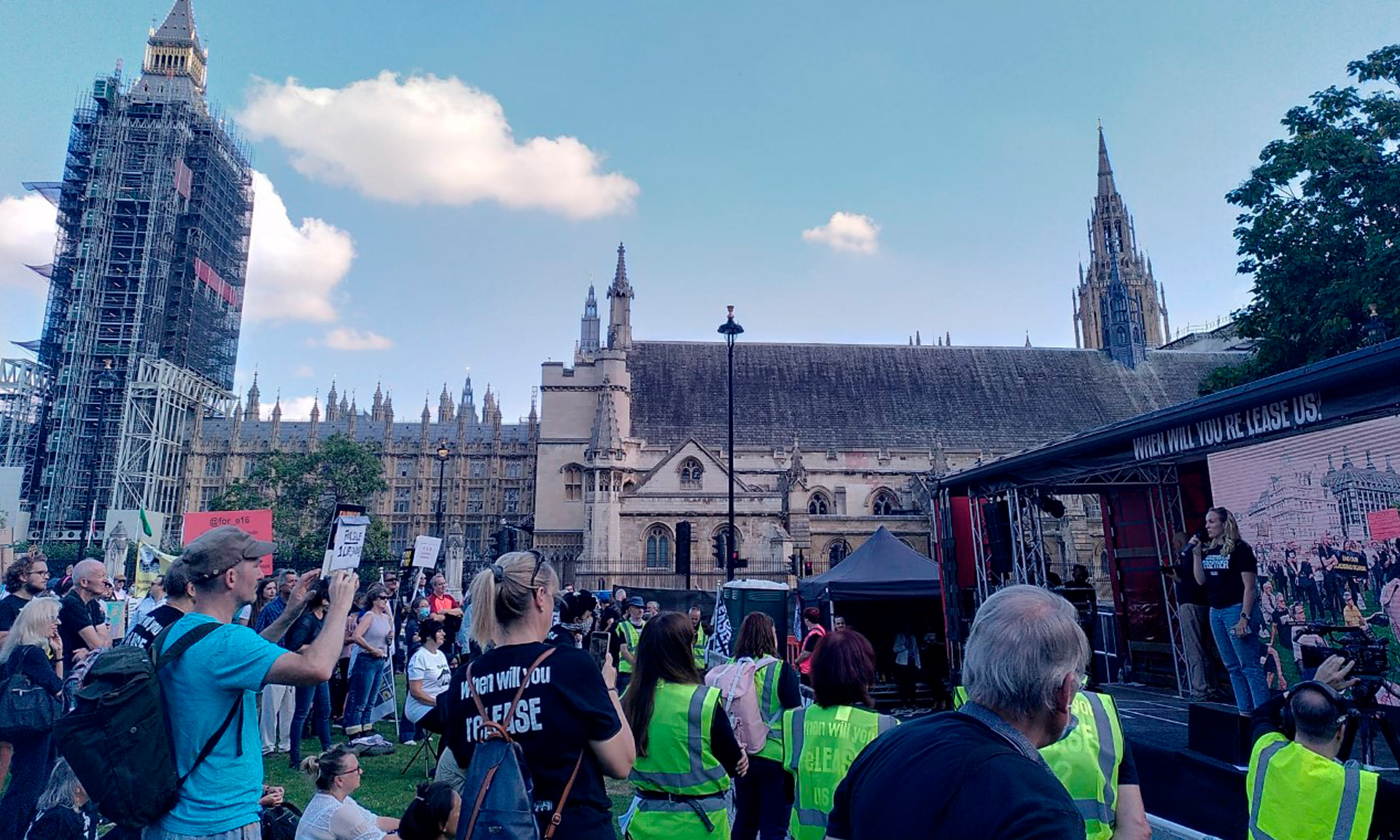
Mortgage rates are beginning to rise, amid speculation about a possible increase in the Bank of England base rate.
Borrowers with big deposits can still get a rate below 1%, but the historic lows of 0.79% recorded last month have now been consigned to the past.
Here, Which? takes a look at the best rates on the market and offers advice on what you’ll need to think about before settling on a mortgage deal.
What’s happening in the mortgage rate war?
The mortgage rate war began back in May, when TSB fired the starting pistol by launching the first sub-1% fixed-rate mortgage seen since 2017.
Since then, lenders have been battling to offer the best rate, resulting in more than 100 sub-1% mortgages coming on to the market by October.
In the last couple of weeks, however, the cheapest deals have risen by around 0.1-0.2%, as banks become increasingly concerned about a possible rise in interest rates.
How can I get a sub-1% mortgage?
The cheapest mortgages are available at up to 60% loan-to-value, meaning they’re available to home buyers with big deposits and people remortgaging with significant equity in their home.
If you’re remortgaging, you might be able to get an even lower rate than someone buying a property. Rates on five-year fixes start at just 1.07% for people remortgaging, compared with 1.09% for buyers.
If you’ve got a smaller deposit, don’t fret, as the rate war has had a knock-on effect across the mortgage market. It’s now possible to get two-year fix at up to 75% loan-to-value with a rate below 1%, as shown in the table below.
| Loan-to-value | Cheapest two-year fix | Cheapest five-year fix |
| 60% | 0.88% (Cumberland Building Society)* | 1.07% (Lloyds Bank)* |
| 75% | 0.92% (Monmouthshire Building Society) | 1.15% (Virgin Money)* |
| 90% | 1.74% (HSBC) | 2.16% (Platform) |
| 95% | 2.45% (Halifax) | 2.89% (Newcastle Building Society) |
Source: Moneyfacts, 1 November 2021. *Available for remortgaging only. **Available to buyers only.
Best rates at 60% loan-to-value
If you’re borrowing at 60% loan-to-value, you should be able to get a two or five-year fixed-rate deal with an initial rate between 0.9-1.2%.
The tables below show the best rates currently available for people remortgaging and buying a home respectively, using figures from Moneyfacts.
Cheapest rates for homebuyers
Two-year fix
| Lender | Initial rate | Revert rate | Upfront fee |
| Halifax | 0.89% | 3.59% | £1,499 |
| First Direct | 0.99% | 3.54% | £490 |
| HSBC | 0.99% | 3.54% | £999 |
Best rate with no upfront fee: 1.14% from First Direct
Five-year fix
| Lender | Initial rate | Revert rate | Upfront fee |
| First Direct | 1.09% | 3.54% | £490 |
| HSBC | 1.16% | 3.50% | £1,499 |
| Nationwide | 1.16% | 3.59% | £1,499 |
Best rate with no upfront fee: 1.28% from NatWest
Cheapest rates for remortgaging
Two-year fix
| Lender | Initial rate | Revert rate | Upfront fee |
| Cumberland Building Society | 0.88% | 4.09% | £1,999 |
| Lloyds Bank | 0.91% | 3.59% | £1,499 |
| TSB | 0.94% | 3.39% | £995 |
Best rate with no upfront fee: 1.14% from First Direct
Five-year fix
| Lender | Initial rate | Revert rate | Upfront fee |
| Lloyds Bank | 1.07% | 3.59% | £1,499 |
| Accord | 1.08% | 4.49% | £1,495 |
| First Direct | 1.09% | 3.54% | £490 |
Best rate without an upfront fee: 1.29% from First Direct
Does a lower rate mean a cheaper deal?
The cheapest rates are bound to be tempting, but you’ll need to take the full cost of the mortgage into account before rushing in.
That’s because lenders are now charging upfront fees as high as £1,999 on their table-topping deals. Higher fees allow lenders to offer lower rates and recoup their losses elsewhere.
Above, we’ve listed the best rates available with no upfront fees. As you can see, you might need to pay a premium of around 0.25% for a fee-free deal, but in some cases a ‘more expensive’ mortgage might actually be cheaper over the fixed term.
If you’re unsure about which type of deal to go for, a mortgage adviser will be able to analyse deals based on their true cost, taking into account rates, fees and incentives.
Will mortgage rates continue to rise?
Inflation is a hot topic at the moment, with the Office for Budget Responsibility saying it could rise as high as 4.4% in 2022 – well above the Bank of England’s 2% target.
Rising inflation is likely to result in the Bank of England increasing its base rate from the historic low of 0.1%.
The base rate dictates how much interest commercial banks pay to the Bank for borrowing. This means that a higher rate – or even the suggestion that a rise is coming – usually sees lenders bump up their prices, a trend we’ve seen in the last couple of weeks.
The Bank’s Monetary Policy Committee votes on the base rate eight times a year. In September, it decided unanimously to maintain the current 0.1% rate, but lenders will certainly be keeping an eye on the next announcement this Thursday (4 November).
How long should you fix your mortgage rate for?
One of the biggest questions when it comes to mortgages is how long to lock in your rate for.
Borrowers most commonly fix for either two or five years. Five-year deals were once significantly more expensive, but the gap has closed in recent years. With this in mind, many borrowers have chosen to fix for longer to protect themselves from rate increases.
This is a good idea in theory, but it’s not the right move for everyone.
Five-year fixes usually come with high early repayment charges, meaning that you could be charged thousands of pounds if you decide to pay the mortgage back early (for example, if you move home and don’t transfer it to the new property).
With this in mind, it’s important to think of your own medium and long-term plans before settling on a mortgage term.
This story was originally published on 6 September 2021. It is regularly updated with the latest mortgage rates. The last update was on 2 November 2021.



